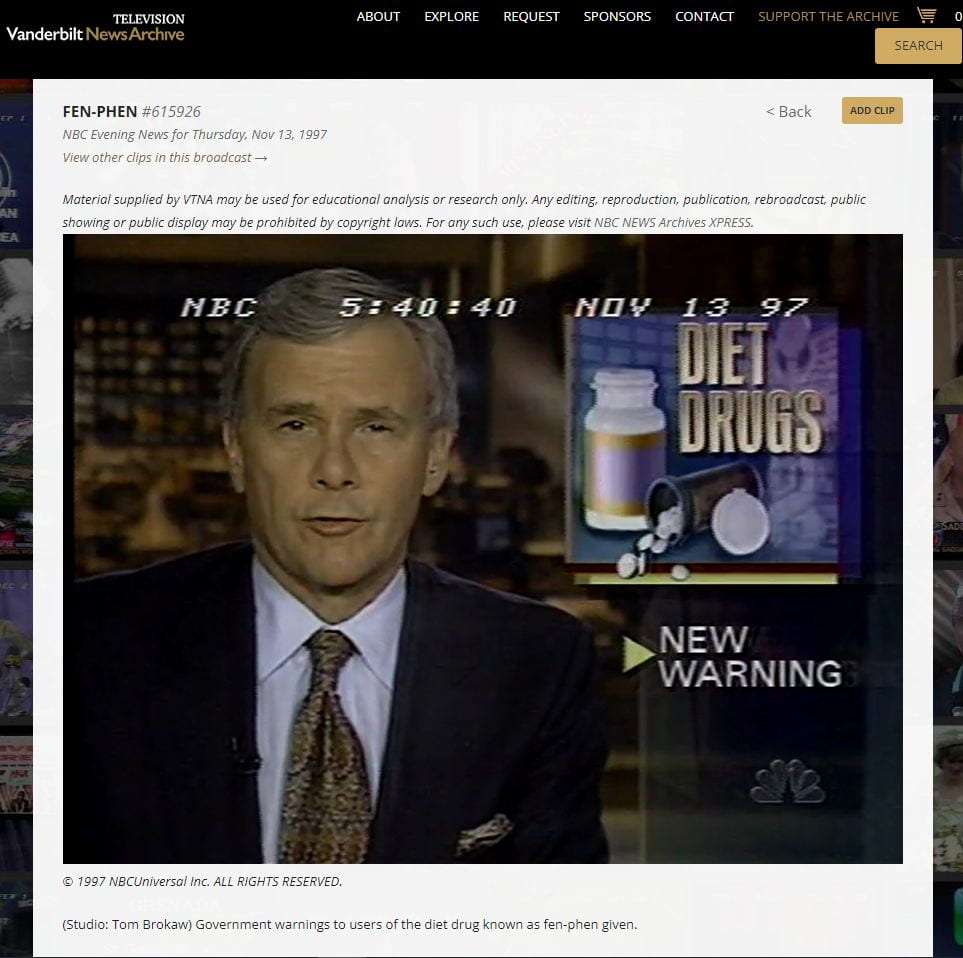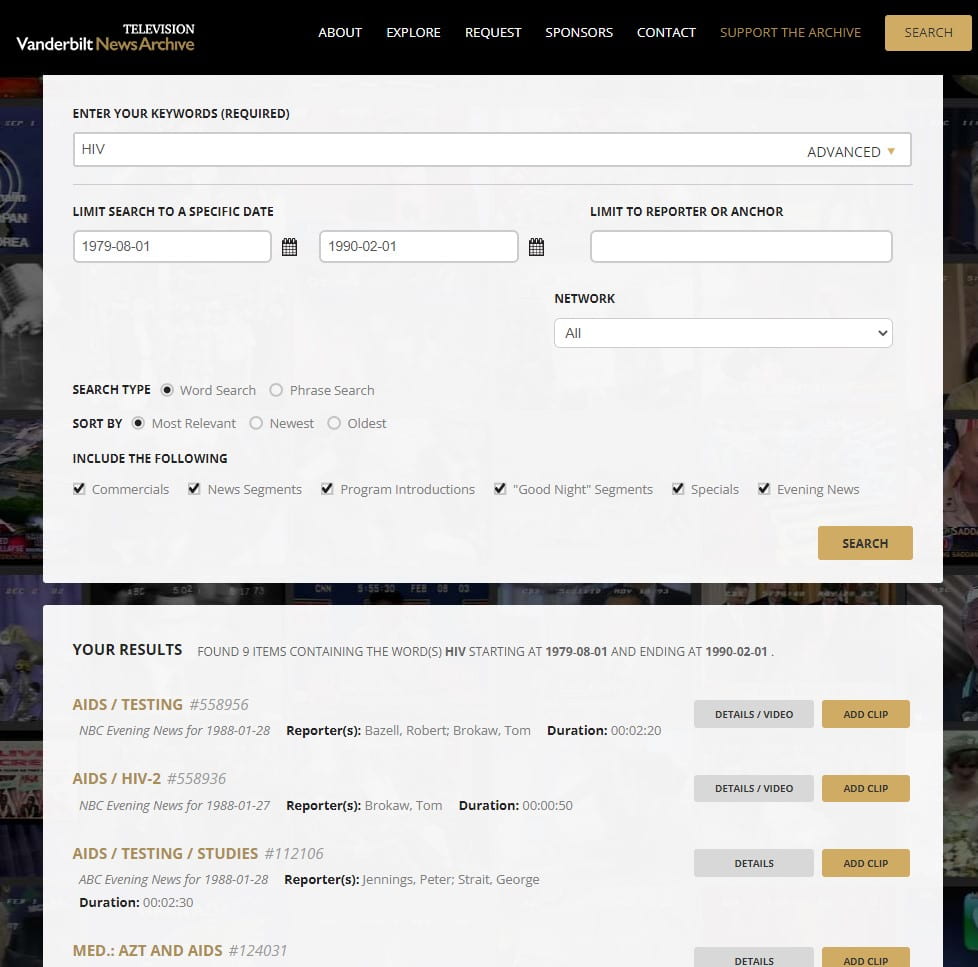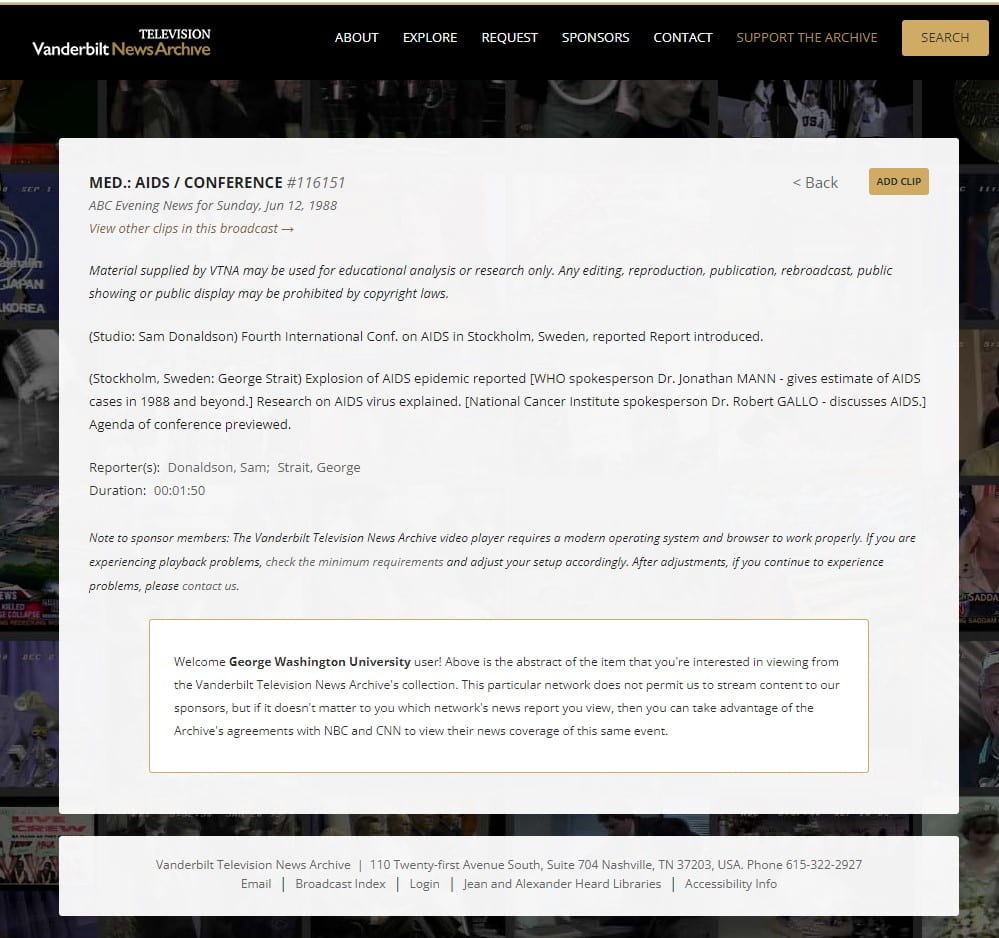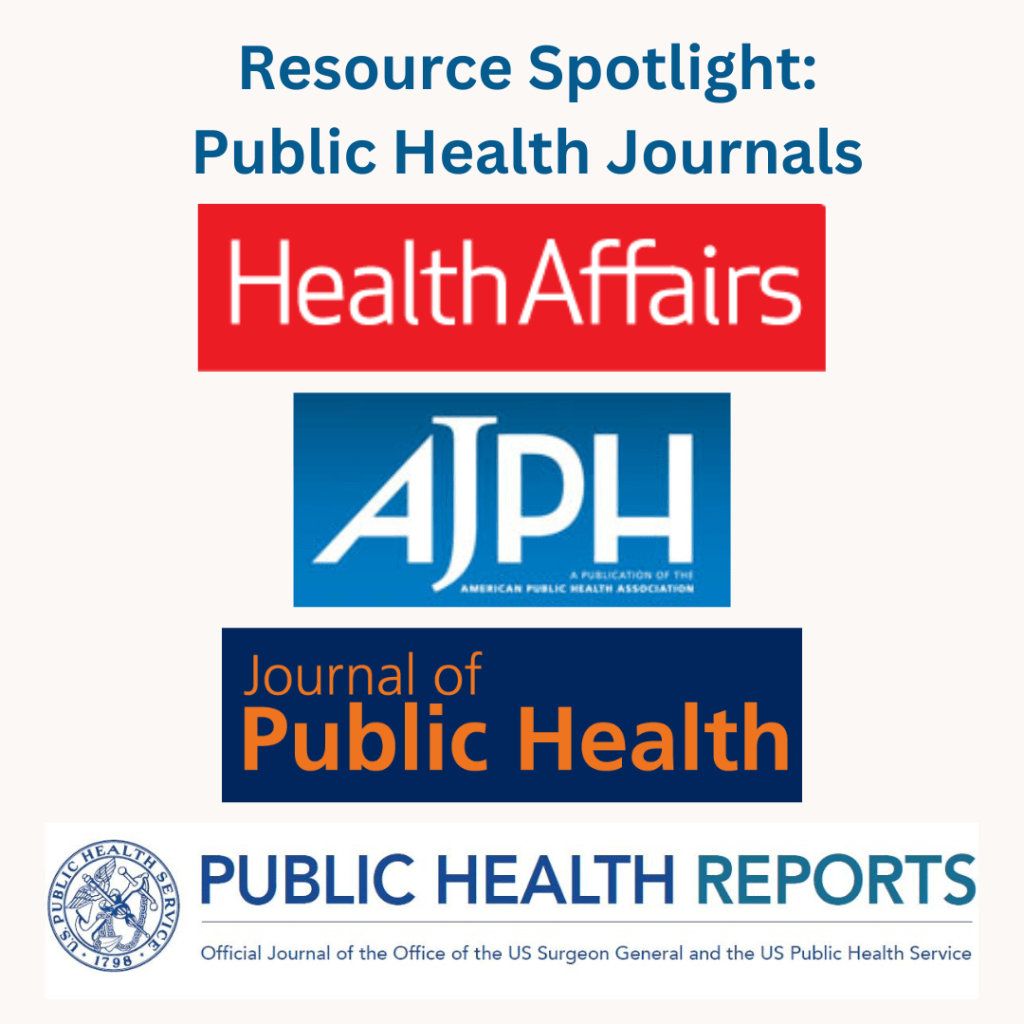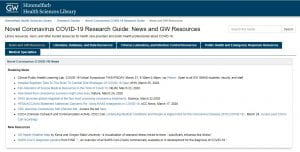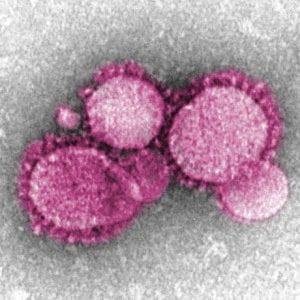
Today is Earth Day, a day that serves as “a reminder of the importance of environmental conservation and sustainability, encouraging us to come together and take action for a healthier planet and a brighter future” (Earthday.org, 2024). Earth Day is about protecting the environment and improving global environmental health. Environmental health has direct and dramatic impacts on our physical and mental health.
According to the World Health Organization (WHO), 24% of all estimated global deaths are linked to environmental factors, and the cost of environmental direct damage to health by 2030 is estimated to be between $2 to $4 billion yearly (WHO, 2024). Climate change directly impacts clean air, safe drinking water, a nutritious food supply, safe shelter (WHO, 2024), and environmental emergencies that lead to humanitarian crises such as heatwaves, wildfires, floods, drought, tropical storms, and hurricanes (WHO, 2023).
The links between environmental health and public health are strong. “Environmental quality has a profound effect on health and the burden of disease” (Koehler, et al., 2018). The United States has the highest environmental burden of disease, “an estimate of the proportion of the global burden of disease that could be prevented by changes to the environment,” among high-income countries (Koehler, et al., 2018). Risk factors for many chronic diseases such as cardiovascular disease, the leading cause of mortality in the US, are directly impacted by environmental factors. For example, exposure to air pollution and “built environmental factors” such as car-centered development that discourages physical activity like walking and biking are risk factors for cardiovascular disease.
Koehler et al. propose a public health approach to addressing environmental health problems, including incorporating health into the built environment. Urban planning development “ranging from increasing opportunities for walking and cycling, to provide access to healthy food, to building recreational facilities”, is one way of incorporating health into the built environment (Koehler et al., 2018). Other methods include providing access to green and blue spaces such as parks and waterfront areas, reducing air pollution emissions by promoting public transportation, walking, and bicycling by making these options safe and convenient, promoting renewable energy, and improving housing options and conditions (Koehler et al., 2018).
While these are great ways to improve environmental health, and thus improve public health as a result, these are also issues that must be dealt with on a societal and large-scale level. But there are things you can do as an individual that positively impact the environment. Here are some practical things you can do that can make a difference:
Reduce, Reuse, Repair, and Recycle
Following the “Four R’s” can have a big impact. A recent Standford Report article explains that “people should try to focus more on reducing and reusing, rather than recycling” (Kubota, 2024). While many people tend to focus on recycling, reducing the amount of products you buy that will eventually end up in the recycling bin will have a larger impact. A practical way to do this is by being mindful of the amount of packaging included in the things that you buy. If there is an option that comes with less packaging, buy that product instead if you can.
For some things, you can’t avoid buying the packaging. Take jelly for example. You can’t buy jelly without a jar. But you can choose to reuse the jar when you are finished with the jelly. Not only will reusing the jar keep the jar out of the recycle bin, or even worse, out of the landfill, but reusing it will help you save money on storage containers.
In today’s society, it’s easy and convenient to replace items when they get worn out or break. But these items end up in the recycle bin, or the landfill when we replace them with a new version. Rather than just replacing items, try to repair or repurpose them! Not only will this help the environment, but it will also save you some money.
And of course, recycle the things you can!
Eat More Plants
Meat production has a much higher carbon footprint than plant food production. Simple things like replacing one red meat-based meal per week with a plant-based protein option, eating smaller portions of meat, and eating more beans and nuts can reduce your diet’s carbon footprint all while improving your cardiovascular health (Kubota, 2024).
Reduce Food Waste
While we’re on the subject of food, reducing the amount of food that ends up in the trash is another way to make a big difference. Roughly 40% of edible food in the US is wasted, accounting for 37% of US greenhouse emissions (Kubota, 2024). When you eat out at restaurants, try bringing your own reusable containers for your leftovers - and don’t forget to eat those leftovers once you have them in your fridge (Kubota, 2024)! Do you get tired of eating leftovers? Try finding recipes to turn leftovers into something completely different for a future meal.
Composting your food scraps is also a great option! But what if you don’t have the space to compost? Apartment living can make it difficult to compost. GW Compost makes it easy to compost! Just drop off your compost at Kogan Plaza during designated drop-off hours.
Interested in learning more about how you can help diminish your environmental impact? Check out Sustainable GW to learn more about campus initiatives and how you can participate!
References:
Earthday.org. (2024). Earth Day 2024. https://www.earthday.org/earth-day-2024/
Koehler, K., Latshaw, M., Matte, T., Kass, D., Frumkin, H., Fox, M., Hobbs, B. F., Wills-Karp, M., & Burke, T. A. (2018). Building healthy community environments: A public health approach. Public health reports, 133(1_suppl), 35S–43S. https://doi.org/10.1177/0033354918798809
Kubota, T. (January 22, 2024). Eight simple but meaningful things you can do for the environment. Stanford Report. https://news.stanford.edu/report/2024/01/22/eight-simple-meaningful-eco-friendly-actions-can-incorporate-life/
World Health Organization (WHO). (October 12, 2023). Climate Change. WHO Fact Sheets, Climate Change. https://www.who.int/news-room/fact-sheets/detail/climate-change-and-health
World Health Organization (WHO). (2024). Public health and environment. The Global Health Observatory. https://www.who.int/data/gho/data/themes/public-health-and-environment


